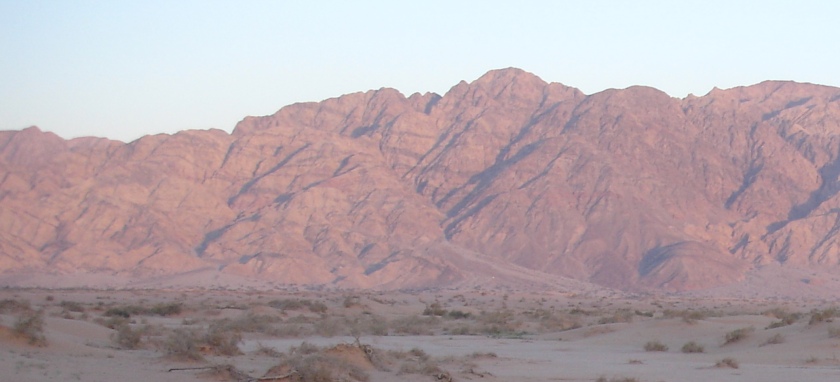
1882 is considered the year in that started the Zionist movement. In this year, the first Zionist settlement was established.
The village was founded in a swamp area in the Sharon and was called Petah-Tikva.
Joshua leads the sons of Israel into Canaan
When the people of Israel entered Canaan from the east, they were not considered Zionists. Zion at that time was a place that they did not hear about yet.
They were commanded to conquer the country from the seven Canaanite nations that inhabited the land.
The first city they conquer and destroy was Jericho. Two spies were sent to the house of Rahab who hidden them. Then the people of Israel marched around the city during seven days and in the seventh day they blew the trumpets and the walls fell down. No doubt that God was with the people of Israel!
Joshua warns the people not to take anything from the city as it is under a ban.
Then, they went on to conquer the second city – Ai, But they fail badly… Something went wrong. Joshua cried to the Lord and asked – Why is that Lord? and the answer came clearly:
Israel has sinned, and they have also transgressed My covenant which I commanded them. For they have even taken some of the accursed things, and have both stolen and deceived; and they have also put it among their own stuff. 12 Therefore the children of Israel could not stand before their enemies, but turned their backs before their enemies, because they have become doomed to destruction (Joshua 7:11-12)
The Lord instructed Joshua how to find the person that did wrong. It came out that it was Achan from the tribe of Judah.
Interestingly, in Chronicles, the name changes from Achan to Achar:
The son of Carmi was Achar, the troubler of Israel, who transgressed in the accursed thing (1 Chronicles 2:7)
This is interesting, because the Hebrew word for “trouler” in the Bible is “Ocher” which is from the same root of the name “Achar” and literally means “bring trouble or darkness“.
Achan with all his family were sentenced to be stoned. Where did that happen? let’s read:
Then they raised over him a great heap of stones, still there to this day. So the Lord turned from the fierceness of His anger. Therefore the name of that place has been called the Valley of Achor to this day (Joshua 7:26)
The Hebrew root A.Ch.R. appears three times in our story:
- Achar (or Achan) – the name of the sinner
- Ocher – adjective that means troubler or literally “darkens”
- Achor – the valley where he was stoned. Near Jericho.

A prophecy of hope
Let’s move to another book in the Bible. Hosea.
Hosea, speaks about the restoration of Israel.
In the second chapter of the book he compares Israel to a treacherous wife. He describes all her harlotry and unfaithful ways.
But then the Lord takes her to the desert, and there, after all her lovers have left her, the Lord restores Israel. Then Hosea prophesies:
Then I will give her her vineyards from there,
And the valley of Achor as a door of hope (Hosea 2:15)
This verse takes us back to the story of Achan in the valley of Achor.
The Zionist movement begins
In the year of 1872, a few families from Jerusalem tried to buy a land in Jericho and to build a new agricultural village. The name they wanted to give to the village is Petah-Tikva – which means “Door of hope” to fulfill the prophecy of Hosea.
They were not successful in buying the land in Jericho, but ended up buying a swamp area in the Sharon from an Arab family in Jaffa.
The life was too hard in the swamp, and after three years the village was abandoned.
Seven years later, in 1882, the village was restored by new settlers. This year marks the beginning of the first wave of Zionists moving to Israel and building new settlements.
The location of Petah Tikva in the Sharon instead of Jericho is a fulfillment of another prophecy:
Sharon will be a pasture land for flocks,
And the valley of Achor a resting place for herds (Isaiah 65:10)
The Zionist movement, just like Joshua, brought the people of Israel back to their land.
And the city of Petah Tikva is a symbol of the restoration of Israel.





